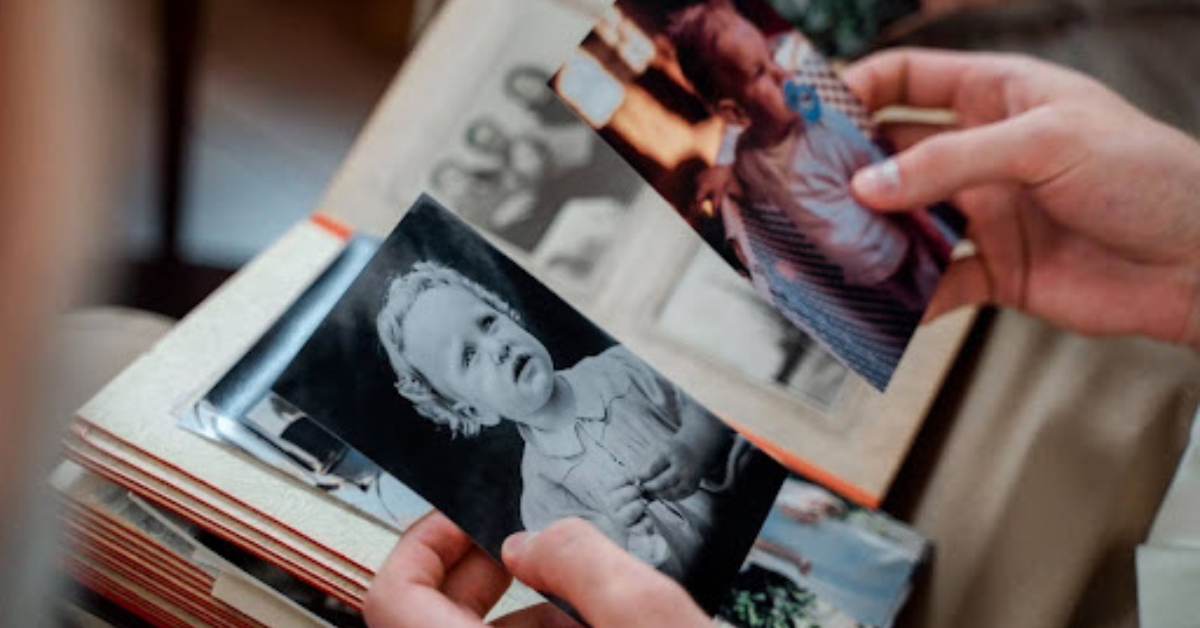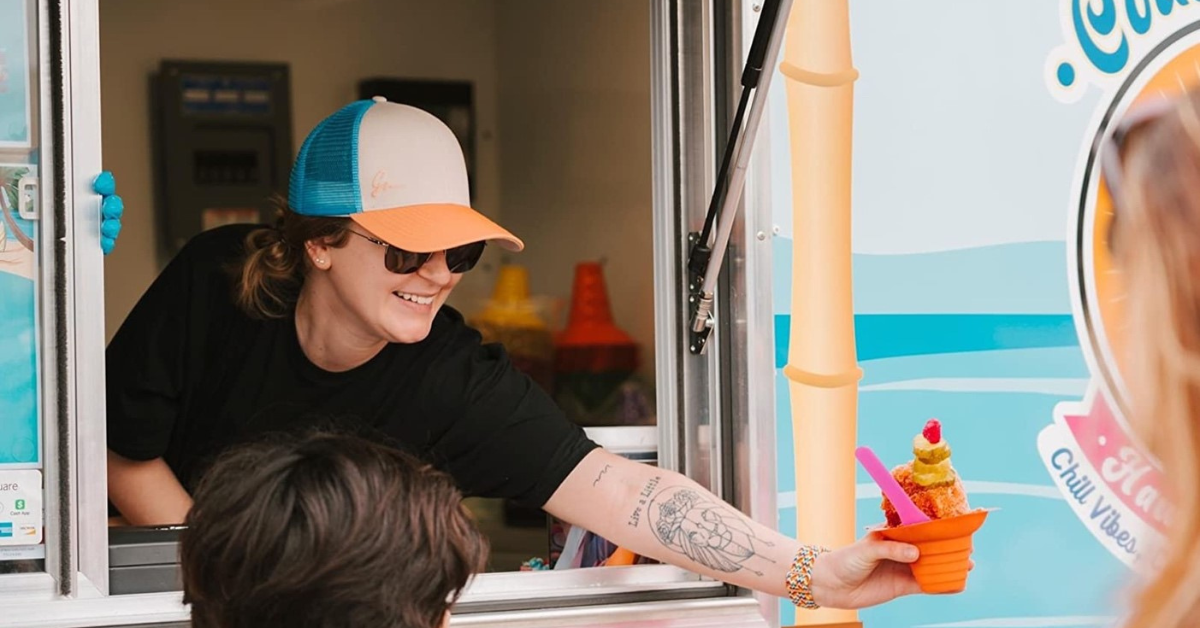
7 Creative Ways to Teach Family History to Children

*Collaborative Post
Family history is a treasure trove of stories, lessons, and connections that can enrich a child’s understanding of who they are and where they come from. Teaching children about their heritage not only strengthens family bonds but also instills a sense of identity and belonging. Here are seven innovative and engaging ways to introduce kids to their family’s history.
1. Storytelling Sessions
Children love stories, especially ones that involve their own ancestors. Dedicate a regular time, perhaps during bedtime or family gatherings, to share anecdotes about their grandparents, great-grandparents, and other relatives. Use vivid descriptions and dramatic flair to make these tales come alive, turning family history into a captivating narrative.
2. Family Tree Creation
Building a family tree is a hands-on activity that can visually demonstrate connections across generations. Start with the immediate family and gradually expand to include extended relatives. Use photos to make it visually appealing. If they are in bad condition, you and your child can easily bring them back to life. Check out how to restore old family photos manually or with the help of special computer programs. This creative project not only teaches children about their lineage but also enhances their understanding of relationships.
3. Interactive Scrapbooking
Crafting a family scrapbook can be a delightful and educational experience for children. Include photographs, letters, and memorabilia, and encourage kids to add their drawings, captions, and personal reflections. This collaborative project not only preserves family history but also allows children to creatively engage with their heritage.
4. Ancestry Research Projects
Turn family history into a research adventure. Help children explore online genealogy resources, visit local archives, or interview older relatives to gather information about their ancestors. If possible, you can also take children to visit places that hold significance in your family history, such as ancestral homes, historical landmarks, or even family cemeteries. Walking through these locations while sharing stories can create a strong sense of connection to the past. Plus, this investigative approach can spark curiosity and teach valuable research skills while also making history more personal and relevant.
5. Cultural Cooking Nights
Food is a powerful connector to heritage. Organize family cooking nights where you prepare traditional dishes from your family’s cultural background. Passing down family recipes, sharing the stories behind them, and explaining their significance makes history tangible and delicious.
6. Themed Family Reunions
Plan family reunions with historical themes, such as celebrating the era when the family first immigrated or honoring a notable ancestor. Encourage relatives to dress in period costumes, share historical facts, and participate in activities related to the theme. These immersive experiences can make history feel alive and exciting for children.
7. Time Capsules
Create a family time capsule filled with current photos, letters, and small mementos, along with a summary of your family’s history. Bury or store it with the intention of opening it at a future family gathering. This activity can teach children about the concept of preserving history for future generations and the importance of their role in the family legacy.
Conclusion
Teaching children about family history is a meaningful way to connect them to their roots and foster a sense of identity. By incorporating storytelling, creative projects, and immersive experiences, you can make history engaging and relevant for young minds. These seven ideas are just the beginning — each family has its own unique stories and traditions to share, creating a rich tapestry that children will cherish for a lifetime.
*This is a collaborative post. For further information please refer to my disclosure page.




